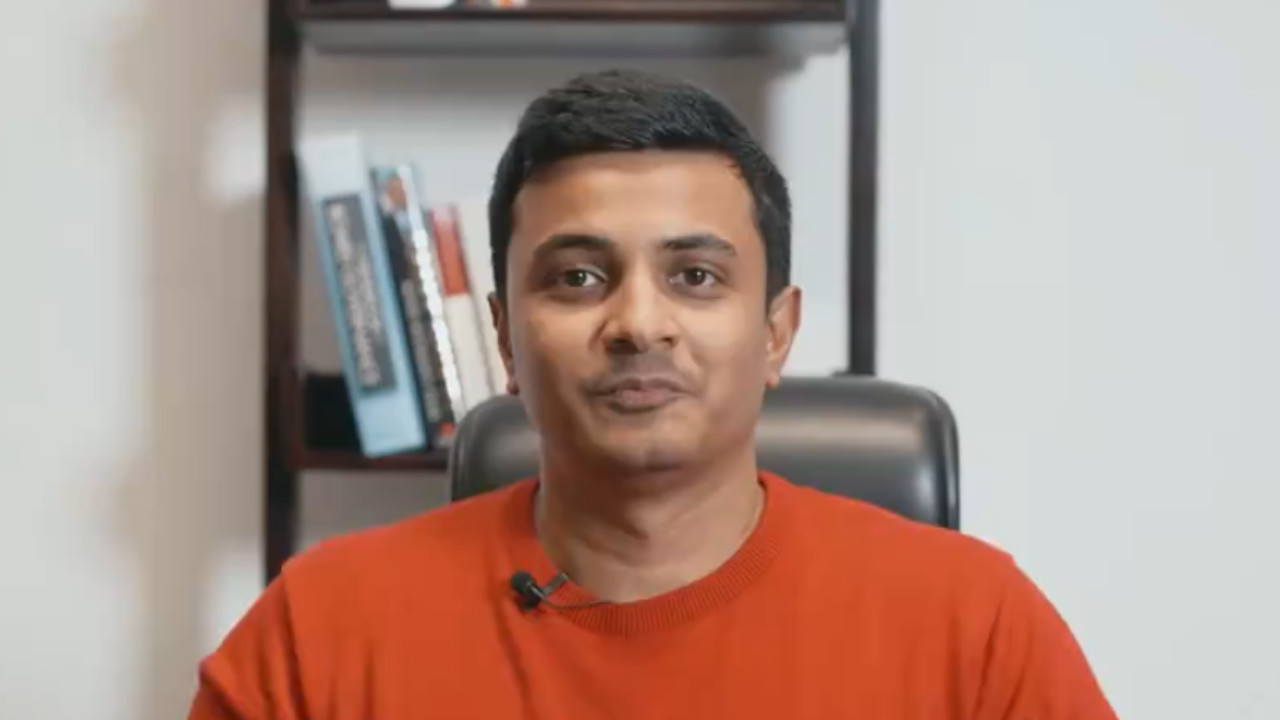Zerodha CEO Nithin Kamath highlighted a significant disconnect: Indian households possess $3 trillion in idle gold, while businesses desperately need equity funding. He advocates for innovative ways to channel this dormant wealth into productive investments, beyond traditional gold loans. Historical data reveals equities offer higher growth potential, albeit with greater volatility, compared to gold’s steadier, though often lower, returns.
India’s Sleeping Giant: Unlocking the Potential of $3 Trillion in Gold
India’s relationship with gold is legendary. From elaborate wedding jewelry to a secure store of value passed down through generations, the yellow metal is woven into the very fabric of Indian society. But is all that gold truly working for us? Nithin Kamath, CEO of Zerodha, recently sparked a fascinating conversation, suggesting that a staggering $3 trillion worth of gold is essentially lying dormant in Indian households. This isn’t just about shiny possessions; it’s about a potentially transformative, untapped financial resource.
Kamath highlighted a crucial point: this vast reserve of gold, while providing a sense of security, contributes little to the nation’s economic engine. It’s a store of value, yes, but a largely static one. The challenge, he argues, lies in finding ways to mobilize this wealth, to channel it into productive investments that can fuel growth and prosperity.
So, how do we wake this sleeping giant?
One potential avenue lies in reimagining how gold is used as collateral. Currently, gold loans are a common practice, particularly for smaller businesses and individuals needing quick access to capital. However, the process can often be cumbersome and limited in scope. Imagine a more streamlined, accessible system that allows individuals and businesses to easily leverage their gold holdings for larger, more impactful investments. This could range from funding new ventures to expanding existing businesses, ultimately creating jobs and driving economic activity.
The key is to create a system that inspires trust and offers attractive incentives. People need to feel confident that their gold is secure and that the returns on investment will justify the risk of parting with it, even temporarily.
<img src="gold-bars.jpg" alt="Stacks of gold bars representing India's vast reserves of untapped gold.” width=”600″ height=”400″>
Another aspect of this conversation revolves around financial literacy and diversification. Kamath also touched upon the performance of the Nifty 500, an index representing the 500 largest companies listed on the National Stock Exchange of India. He pointed out that while gold has traditionally been viewed as a safe haven, other asset classes might offer better long-term growth potential. This isn’t to say that gold should be abandoned entirely, but rather that a balanced portfolio, incorporating a mix of assets like stocks and bonds, can be a more effective strategy for wealth creation. Increased awareness about the different investment options will help people make informed decisions about their savings, including what portion to allocate to gold. This could even indirectly mobilize the untapped gold reserves if people start seeking alternative investments to generate returns.
Moreover, it’s important to address the cultural and emotional attachment many Indians have to gold. For generations, it has been more than just an investment; it’s a symbol of status, security, and family legacy. Changing this deeply ingrained mindset won’t happen overnight. It requires a multi-pronged approach involving education, awareness campaigns, and the development of innovative financial products that respect these cultural sensitivities while offering compelling investment opportunities. Consider, for example, gold-backed securities that allow people to retain ownership of their gold while simultaneously participating in its potential appreciation within a more liquid and accessible investment vehicle. This could be an alternative to outright selling.
Unlocking the true potential of India’s untapped gold reserves is a complex undertaking. It requires a collaborative effort involving policymakers, financial institutions, and the public. By fostering innovation, promoting financial literacy, and respecting cultural values, India can transform its vast gold holdings from a static store of value into a dynamic engine of economic growth. This isn’t just about unlocking wealth; it’s about unlocking opportunity and building a more prosperous future for all. Mobilizing this gold supply could even have effects on housing and real estate investment through increased availability of capital.
Ultimately, India has a unique opportunity to redefine its relationship with gold. It’s about shifting the perspective from viewing it solely as a safe haven to recognizing its potential as a powerful catalyst for economic development. The conversation has begun, and the future is golden, if we choose to seize it.






